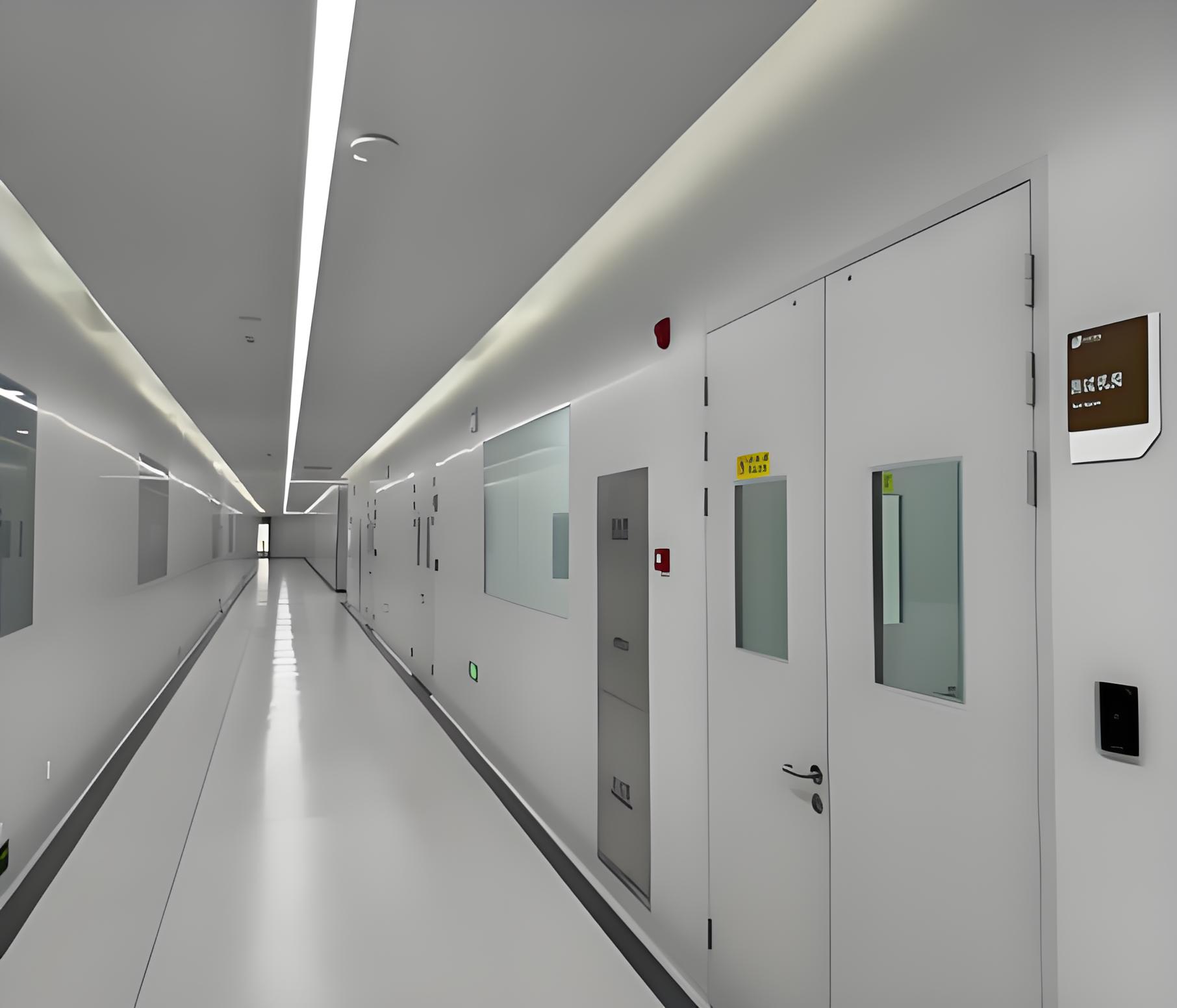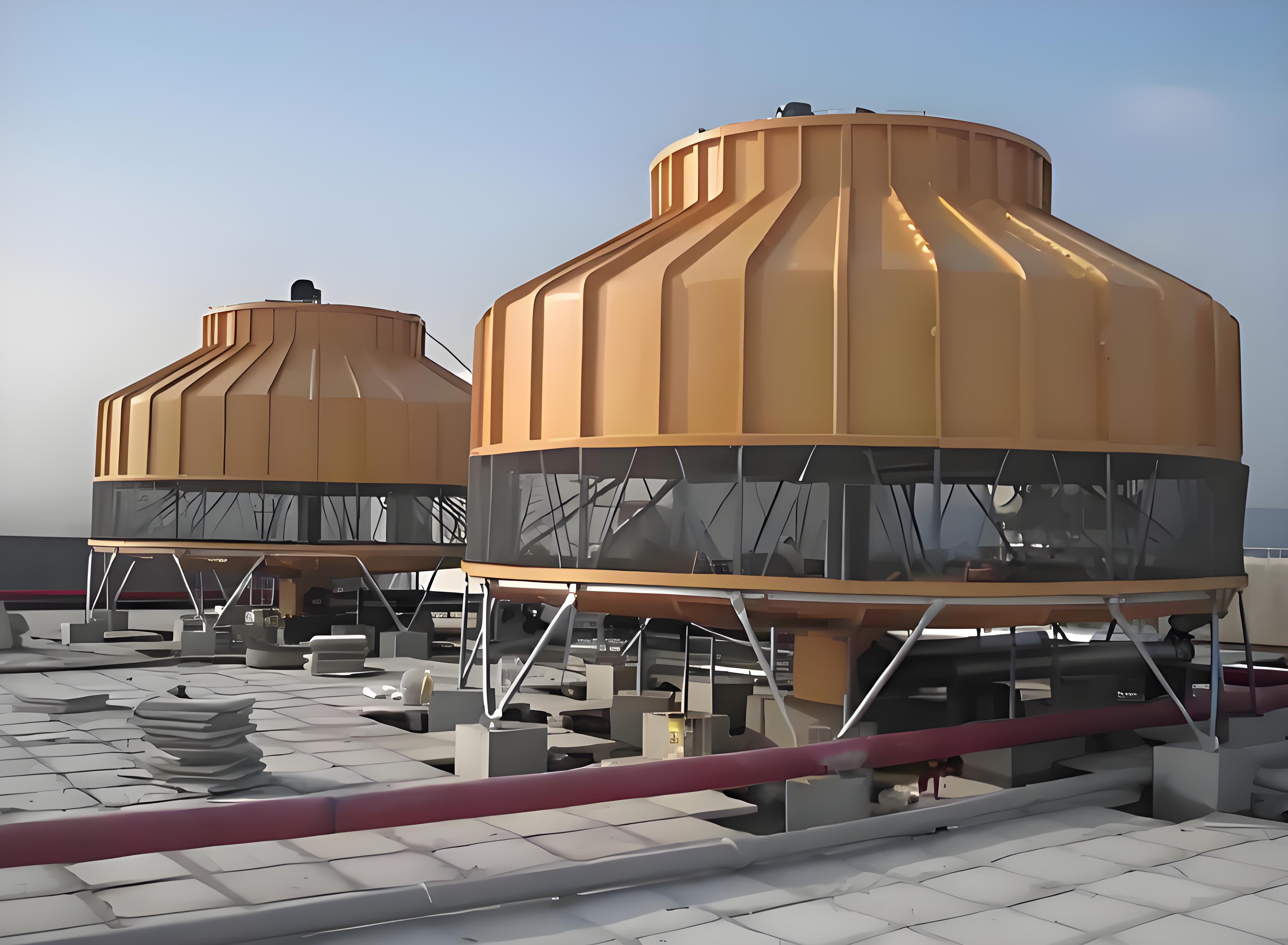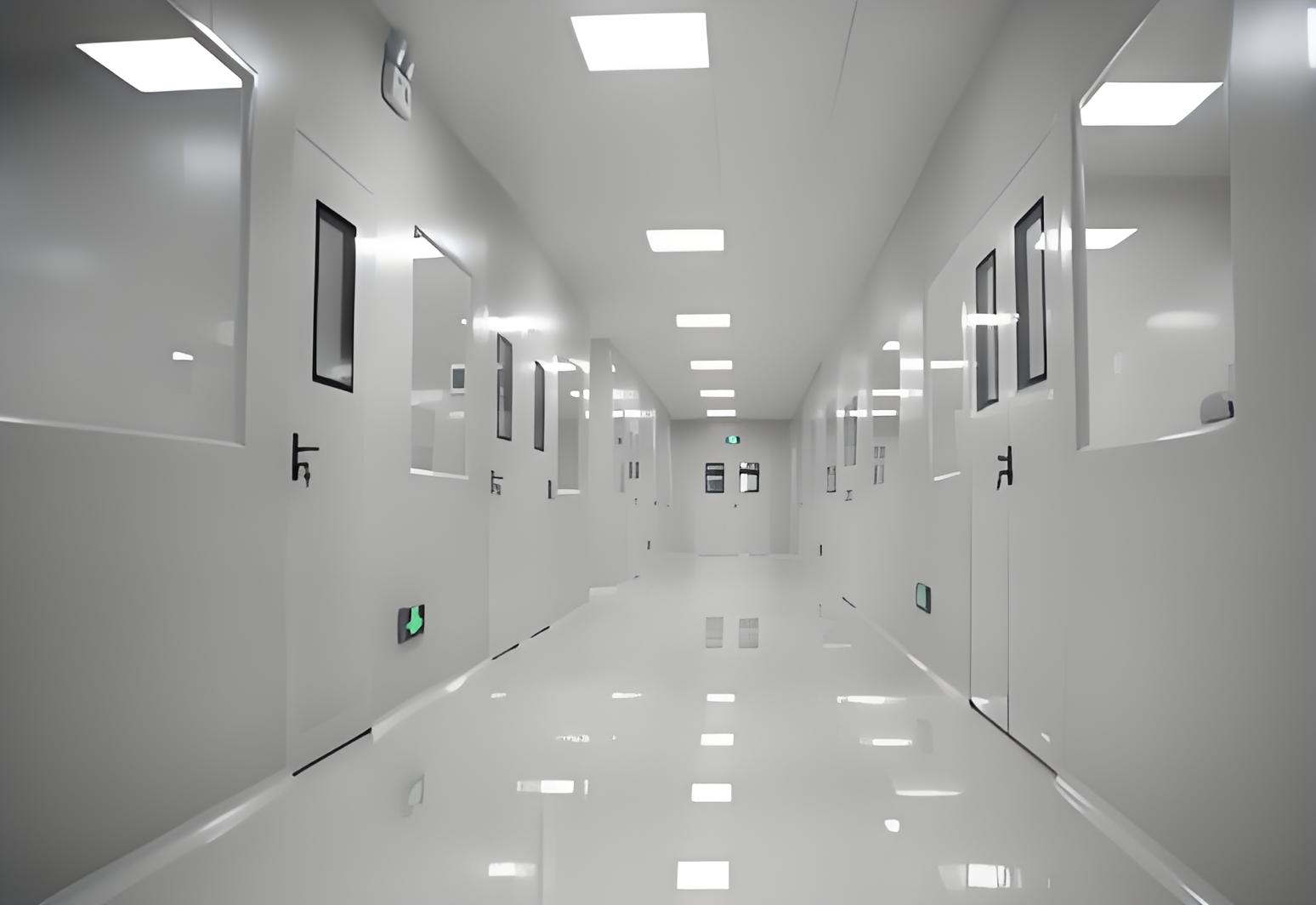
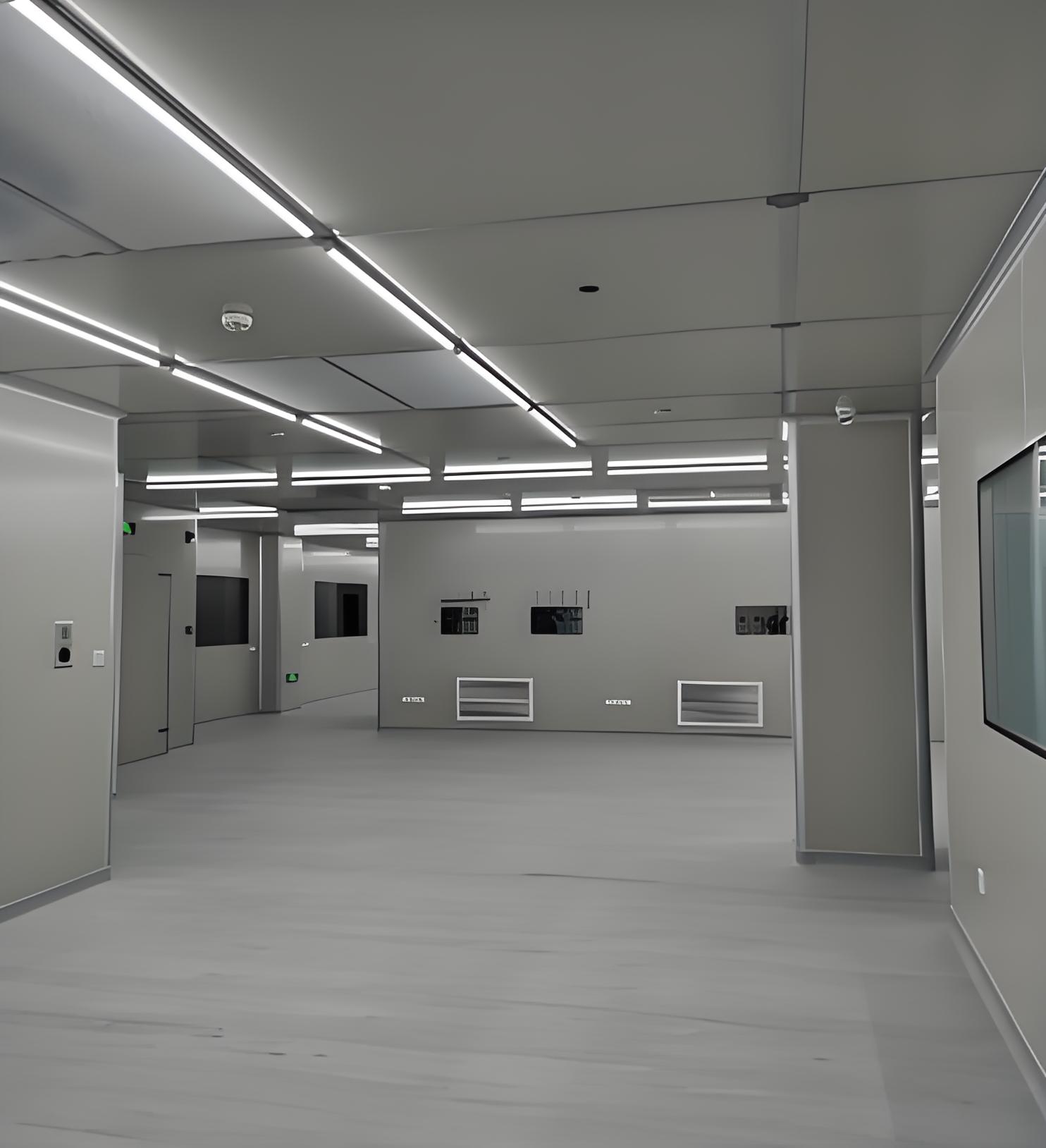
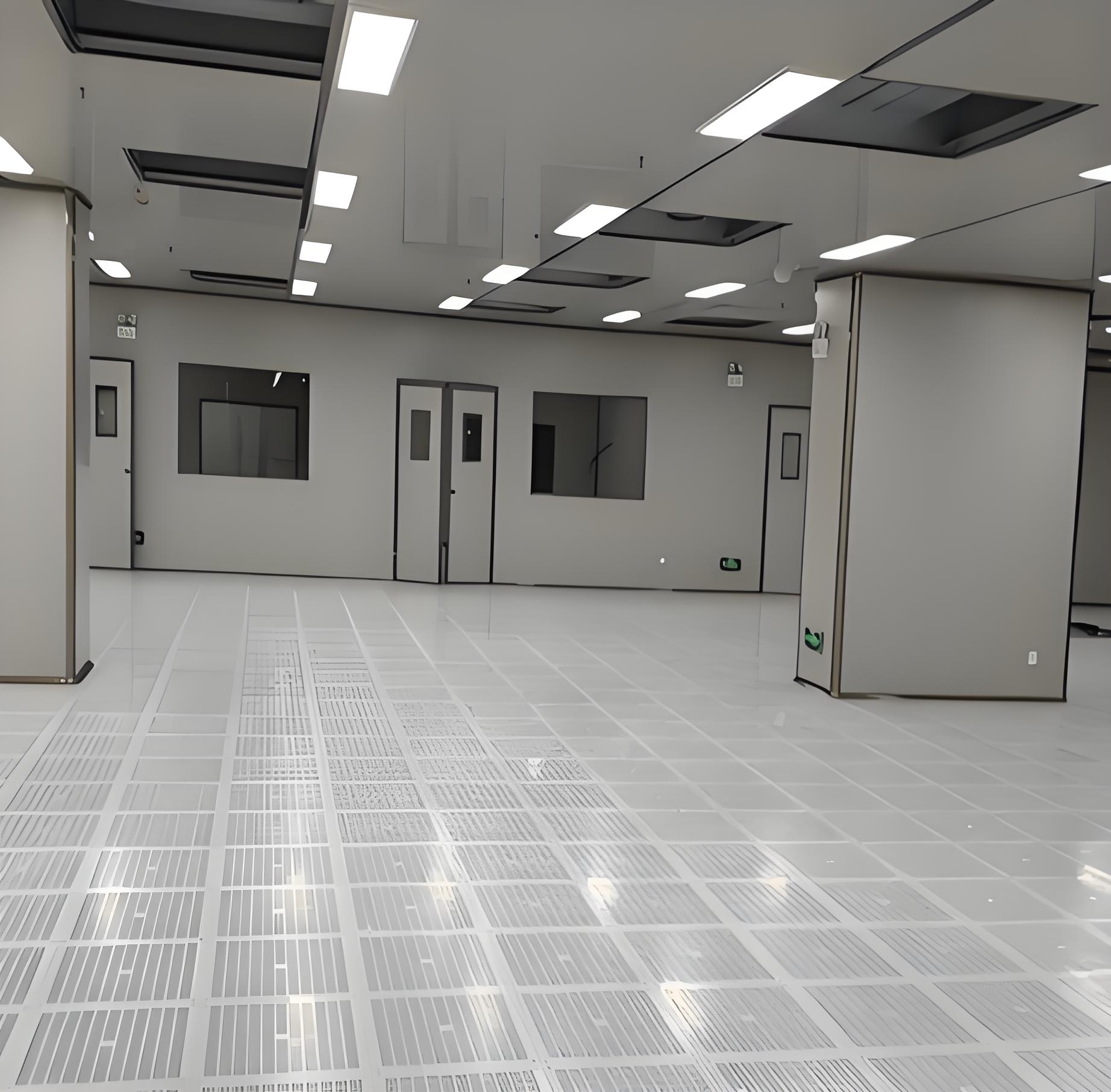


In the highly competitive world of electronics manufacturing, maintaining impeccable product quality is paramount. This is where electronic purification engineering plays a crucial role, ensuring that production environments are free from contaminants that could compromise sensitive components. As industries evolve, the demand for advanced cleanroom technologies has surged, making it essential to understand how various elements like Cleanroom HVAC systems, cleanroom maintenance services for electronics manufacturing, turnkey cleanroom solutions, and cleanroom technology providers integrate into this framework. This article delves into the core aspects of electronic purification engineering, exploring its significance and the systems that support it in modern manufacturing settings.
Electronic purification engineering involves the design, implementation, and management of environments that minimize particulate and microbial contamination. In electronics manufacturing, even microscopic impurities can lead to product failures, making this discipline indispensable. By leveraging specialized technologies and services, companies can achieve the stringent cleanliness standards required for producing high-reliability devices. We will examine key components, including Cleanroom HVAC systems, which regulate air quality; cleanroom maintenance services for electronics manufacturing, which ensure ongoing compliance; turnkey cleanroom solutions, offering end-to-end project management; and cleanroom technology providers, who supply the necessary equipment and expertise. This comprehensive approach not only boosts efficiency but also aligns with industry regulations, helping businesses stay ahead in a rapidly advancing field.

Electronic purification engineering is a specialized field focused on creating and maintaining controlled environments where airborne particles, temperature, humidity, and pressure are meticulously managed. In electronics manufacturing, this is critical because contaminants like dust, chemicals, or biological agents can cause defects in microchips, circuit boards, and other components. The goal is to achieve ISO-classified cleanrooms, which range from ISO 1 (the cleanest) to ISO 9, depending on the application. This engineering discipline combines principles from mechanical engineering, materials science, and environmental control to develop systems that safeguard product integrity. For instance, in semiconductor fabrication, electronic purification engineering ensures that each production step occurs in a particle-free zone, reducing yield losses and enhancing overall quality. By integrating advanced monitoring and filtration technologies, this field supports the high standards demanded by industries such as aerospace, medical devices, and consumer electronics.
Moreover, electronic purification engineering is not just about initial setup; it encompasses continuous improvement and adaptation to new challenges. As electronic devices become smaller and more complex, the tolerance for contamination shrinks, necessitating innovative solutions. This is where collaborations with cleanroom technology providers become vital, as they offer cutting-edge tools and expertise. Additionally, the rise of smart manufacturing and IoT has further emphasized the need for robust electronic purification engineering practices, enabling real-time data analysis and predictive maintenance. Ultimately, understanding these fundamentals helps manufacturers optimize their processes, reduce costs, and meet regulatory requirements, making electronic purification engineering a cornerstone of modern industrial operations.
Cleanroom HVAC systems are the backbone of any effective electronic purification engineering strategy. These systems go beyond standard heating, ventilation, and air conditioning by incorporating high-efficiency particulate air (HEPA) or ultra-low penetration air (ULPA) filters to remove contaminants from the air. In electronics manufacturing, Cleanroom HVAC systems maintain precise control over environmental parameters, such as temperature, humidity, and airflow patterns, which are essential for preventing static discharge, condensation, or particle accumulation. For example, in a facility producing printed circuit boards, even minor fluctuations in humidity can lead to soldering defects or corrosion, highlighting the importance of these systems.
A well-designed Cleanroom HVAC system also ensures proper air exchange rates and pressure differentials to prevent cross-contamination between different cleanroom zones. This is achieved through layered airflow designs, such as laminar or turbulent flow, tailored to the specific ISO class required. Furthermore, energy efficiency is a key consideration in electronic purification engineering, as Cleanroom HVAC systems can be power-intensive. Modern systems incorporate variable frequency drives (VFDs) and energy recovery units to minimize operational costs while maintaining performance. By partnering with experienced cleanroom technology providers, manufacturers can implement Cleanroom HVAC systems that align with their unique needs, supporting long-term sustainability and compliance. In summary, Cleanroom HVAC systems are indispensable in electronic purification engineering, providing the controlled environment necessary for high-yield, reliable electronics production.
While initial cleanroom setup is crucial, ongoing cleanroom maintenance services for electronics manufacturing are equally vital in sustaining electronic purification engineering standards. These services include regular inspections, filter replacements, surface cleaning, and calibration of monitoring equipment to ensure that cleanrooms operate at peak efficiency. In electronics manufacturing, where downtime can result in significant financial losses, proactive cleanroom maintenance services for electronics manufacturing help prevent unexpected failures and extend the lifespan of critical infrastructure. For instance, scheduled maintenance of Cleanroom HVAC systems can identify issues like filter clogging or motor wear before they escalate, avoiding contamination events.
Moreover, cleanroom maintenance services for electronics manufacturing often encompass training for staff on proper gowning procedures and cleanroom protocols, which are essential for minimizing human-induced contaminants. This holistic approach reinforces the principles of electronic purification engineering by fostering a culture of cleanliness and accountability. Additionally, regulatory bodies like the FDA or ISO require documented maintenance records for compliance, making these services a legal necessity. By outsourcing to specialized cleanroom technology providers, companies can access expert teams that use advanced tools, such as particle counters and microbial samplers, to validate cleanroom conditions. Ultimately, investing in reliable cleanroom maintenance services for electronics manufacturing not only protects product quality but also enhances operational resilience, making it a key component of effective electronic purification engineering.
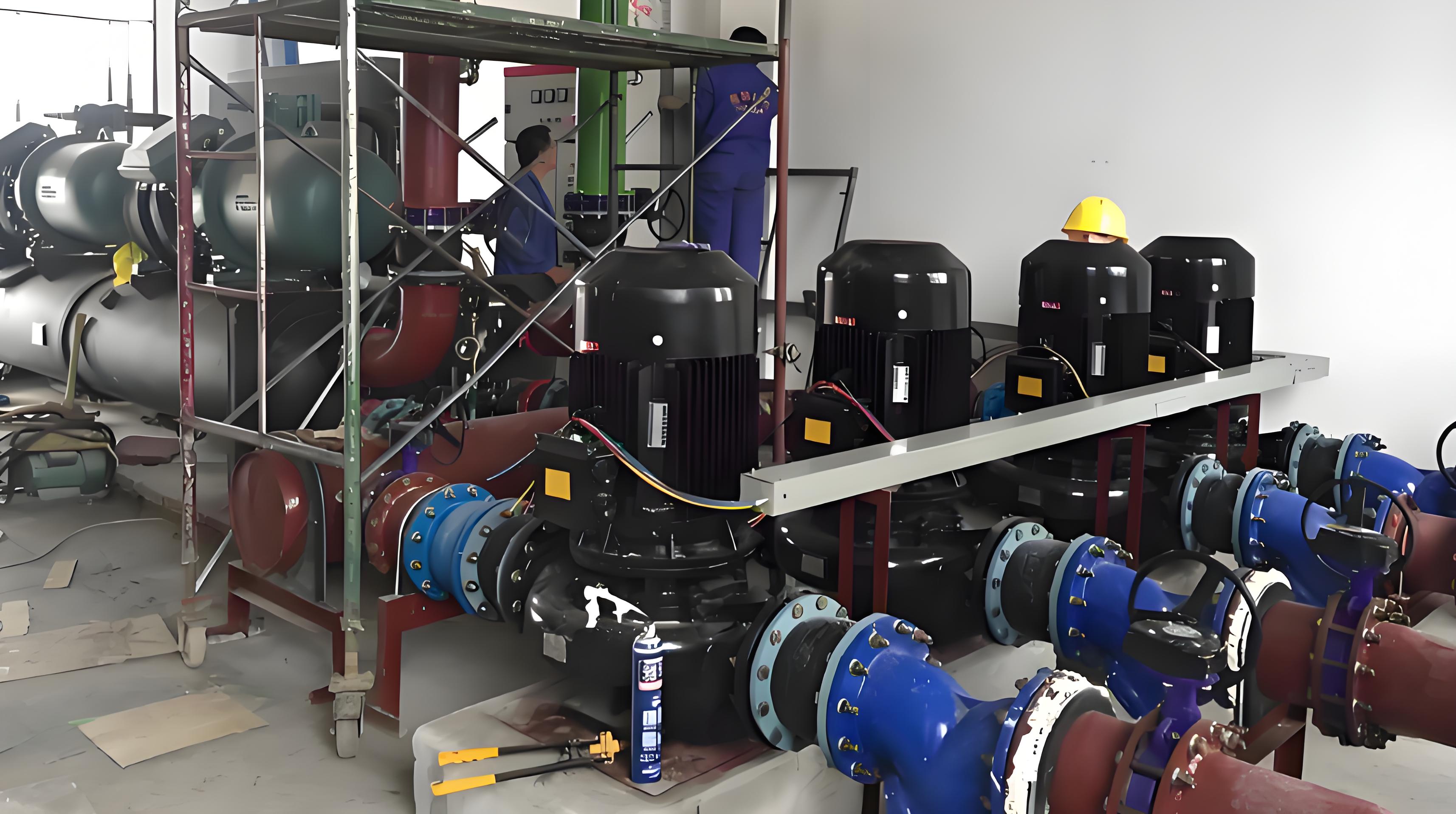
Turnkey cleanroom solutions offer a comprehensive approach to electronic purification engineering, providing end-to-end services from design and construction to commissioning and support. These solutions are particularly beneficial for electronics manufacturers seeking to minimize project complexity and accelerate time-to-market. With turnkey cleanroom solutions, companies work with a single provider who manages all aspects, including layout planning, integration of Cleanroom HVAC systems, and coordination of cleanroom maintenance services for electronics manufacturing. This streamlined process reduces the risk of errors and ensures that all components align with electronic purification engineering standards.
One of the primary advantages of turnkey cleanroom solutions is cost efficiency. By bundling services, providers can often offer competitive pricing and predictable budgets, avoiding the hidden costs associated with managing multiple vendors. Furthermore, turnkey cleanroom solutions are scalable, allowing for future expansions or modifications as production needs evolve. For example, a company launching a new line of wearable electronics can quickly deploy a cleanroom that meets specific ISO requirements without disrupting existing operations. This agility is crucial in fast-paced industries where technological advancements demand flexible infrastructure. By leveraging the expertise of cleanroom technology providers, businesses can implement turnkey cleanroom solutions that incorporate the latest innovations in electronic purification engineering, such as modular cleanrooms or automated monitoring systems. In essence, turnkey cleanroom solutions represent a strategic investment that supports growth, compliance, and excellence in electronics manufacturing.
Selecting reputable cleanroom technology providers is a critical decision in the realm of electronic purification engineering. These providers supply the equipment, software, and expertise needed to establish and maintain high-performance cleanrooms. When evaluating cleanroom technology providers, manufacturers should consider factors such as industry experience, product range, and after-sales support. For instance, a provider offering advanced Cleanroom HVAC systems and comprehensive cleanroom maintenance services for electronics manufacturing can be a valuable partner in achieving long-term success.
The best cleanroom technology providers also stay abreast of emerging trends, such as the integration of IoT sensors for real-time environmental monitoring or the use of sustainable materials in cleanroom construction. This forward-thinking approach aligns with the evolving demands of electronic purification engineering, enabling manufacturers to adopt best practices and innovate continuously. Additionally, providers that offer turnkey cleanroom solutions can simplify the procurement process, ensuring seamless compatibility between different systems. It's advisable to review case studies and client testimonials to gauge a provider's reliability and effectiveness. By forming strategic partnerships with top-tier cleanroom technology providers, companies can enhance their electronic purification engineering capabilities, reduce risks, and maintain a competitive edge in the electronics market.
Sustainability is becoming increasingly important in electronic purification engineering, as manufacturers seek to reduce their environmental footprint while maintaining high cleanliness standards. This involves optimizing resource use in Cleanroom HVAC systems, implementing energy-efficient designs in turnkey cleanroom solutions, and adopting green practices in cleanroom maintenance services for electronics manufacturing. For example, using HEPA filters with longer lifespans or recycling materials during cleanroom upgrades can significantly cut waste and energy consumption.
Moreover, cleanroom technology providers are developing innovative solutions, such as solar-powered HVAC units or water-saving humidification systems, to support eco-friendly initiatives. By incorporating these advancements, electronic purification engineering not only protects product quality but also contributes to corporate social responsibility goals. This dual focus on performance and sustainability is essential for meeting regulatory requirements and consumer expectations in today's market. As industries move toward circular economy models, electronic purification engineering will play a pivotal role in designing cleanrooms that are both effective and environmentally conscious.
The field of electronic purification engineering is constantly evolving, driven by technological advancements and changing industry needs. Key trends include the adoption of AI and machine learning for predictive maintenance in Cleanroom HVAC systems, the rise of modular and portable cleanrooms offered through turnkey cleanroom solutions, and increased automation in cleanroom maintenance services for electronics manufacturing. These innovations are set to enhance efficiency, reduce human error, and lower operational costs.
Additionally, cleanroom technology providers are focusing on digital twins—virtual replicas of physical cleanrooms—that allow for simulation and optimization before implementation. This aligns with the core principles of electronic purification engineering by enabling more precise control and faster problem-solving. As electronics continue to shrink in size and increase in complexity, the demand for advanced electronic purification engineering will grow, making it essential for manufacturers to stay informed and adaptable. By embracing these trends, businesses can future-proof their operations and maintain leadership in a competitive landscape.
In summary, electronic purification engineering is a vital discipline that underpins success in electronics manufacturing. Through the strategic use of Cleanroom HVAC systems, reliable cleanroom maintenance services for electronics manufacturing, efficient turnkey cleanroom solutions, and partnerships with expert cleanroom technology providers, companies can achieve the stringent cleanliness standards required for high-quality production. As the industry advances, integrating sustainable practices and emerging technologies will further enhance the impact of electronic purification engineering. By prioritizing these elements, manufacturers can ensure product reliability, regulatory compliance, and long-term growth in an ever-changing market.
Q1: What is electronic purification engineering, and why is it important in electronics manufacturing?
A1: Electronic purification engineering involves designing and maintaining controlled environments to minimize contaminants like dust and microbes. It is crucial in electronics manufacturing because even tiny impurities can cause defects in sensitive components, leading to product failures and reduced yields. This discipline ensures that cleanrooms meet strict standards, such as ISO classifications, supporting high reliability and efficiency in production processes.
Q2: How do Cleanroom HVAC systems contribute to electronic purification engineering?
A2: Cleanroom HVAC systems are essential in electronic purification engineering as they regulate air quality, temperature, humidity, and pressure within cleanrooms. Using HEPA or ULPA filters, these systems remove airborne particles and maintain stable conditions, preventing issues like static discharge or condensation that could damage electronic devices. They form the foundation of a controlled manufacturing environment.
Q3: What are the benefits of using turnkey cleanroom solutions for a new electronics facility?
A3: Turnkey cleanroom solutions offer a comprehensive, single-provider approach that simplifies the design, construction, and commissioning of cleanrooms. This reduces project complexity, accelerates deployment, and ensures all elements, including Cleanroom HVAC systems and maintenance protocols, align with electronic purification engineering standards. They are cost-effective, scalable, and ideal for companies aiming to minimize risks and quickly adapt to market demands.
Q4: How often should cleanroom maintenance services for electronics manufacturing be performed?
A4: The frequency of cleanroom maintenance services for electronics manufacturing depends on factors like the cleanroom's ISO class, usage intensity, and environmental conditions. Generally, daily or weekly cleaning, quarterly filter inspections, and annual comprehensive audits are recommended. Regular maintenance, as part of electronic purification engineering, helps prevent contamination, ensures compliance, and prolongs equipment life.
Q5: What should I look for when selecting cleanroom technology providers?
A5: When choosing cleanroom technology providers, consider their experience in electronic purification engineering, range of products (e.g., Cleanroom HVAC systems), availability of turnkey cleanroom solutions, and quality of cleanroom maintenance services for electronics manufacturing. Look for providers with proven track records, certifications, and positive client feedback to ensure they can meet your specific manufacturing needs and support long-term success.
Q6: Can electronic purification engineering be applied to existing manufacturing facilities?
A6: Yes, electronic purification engineering can be integrated into existing facilities through retrofits or upgrades. This might involve installing new Cleanroom HVAC systems, implementing cleanroom maintenance services for electronics manufacturing, or adopting modular turnkey cleanroom solutions to enhance cleanliness without a full rebuild. Working with experienced cleanroom technology providers can help tailor these improvements to your current setup.

